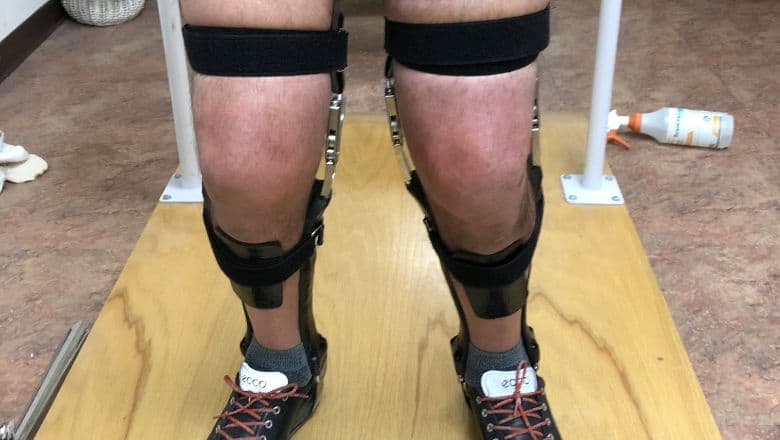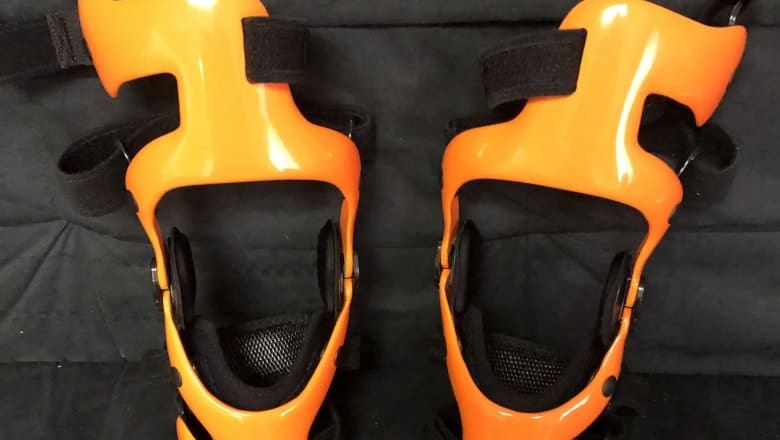Navigating the world of insurance coverage for leg braces can be daunting and confusing. For individuals in need of knee braces, therapeutic shoes, and other orthotic devices, the process of getting approval, reimbursement, and understanding policy details is essential.
Navigating Medical Insurance For Orthotic Devices
Understanding your insurance benefits is crucial when dealing with orthotic devices like knee orthosis or compression garments. Here are some steps to help you navigate this complex landscape:
- Verify Benefits & Coverage: Call your insurance provider to understand your benefits and what specific documentation will be required.
- Medical Necessity Documentation: Ensure you have all necessary documentation from your health care provider to demonstrate the medical necessity of the device.
- Pre-Certification: Some braces require pre-certification to get approval from insurance companies. Make sure this step is completed promptly to avoid denial of claims.
- Filing Insurance Claims: When it comes to filing insurance claims for orthotic devices, gather all required information and submit it accurately to fast-track the approval process.
- Follow-up: After submitting your claim, follow up regularly to check on the status and address any possible issues or additional documentation requests.
- Appeal if Necessary: If your insurance claim is denied, don’t hesitate to file an appeal, providing all relevant documentation and reasons for reconsideration.
The Importance Of Custom Fabricated Braces
Unlike prefabricated braces, custom-fabricated leg braces are built specifically for the individual wearing them. These braces take into account the unique dimensions of the thigh and calf, ensuring a snug and effective fit. Custom braces are essential for individuals with unique leg shapes or severe conditions that require precise alignment and support.
Coverage Options For Custom Leg Braces
Insurance coverage for leg braces can vary widely based on your insurance policy.
- Full Coverage: Some insurance plans might fully cover custom leg braces, provided medical necessity is documented.
- Partial Coverage: Many insurance policies might cover a significant portion of the cost, with the remainder being out-of-pocket expenses.
- Out-of-Network Coverage: If you purchase leg braces from a provider out of your insurance network, be prepared for higher out-of-pocket costs.
Therapeutic Shoes & Medical Necessity
Therapeutic shoes aren’t just regular shoes; they are specially designed to offer extra support and alleviate problems associated with foot conditions, especially for those dealing with severe diabetes-related foot disease.
- Extra depth to accommodate custom orthotic insoles.
- Non-binding uppers to avoid constriction.
- Shock-absorbing soles to reduce impact on the feet.
When prescribed for a medical necessity, such as diabetes-related complications, healthcare providers can guide you through obtaining these shoes, and insurance may cover them under specific conditions.
Dealing With Insurance Denials
Unfortunately, insurance denials for orthotic devices are not uncommon.
- Understand The Reason: Identify why the claim was denied. Common reasons include lack of medical necessity documentation or missing pre-certification.
- Gather Additional Evidence: Work with your healthcare provider to gather additional evidence that supports the necessity of the leg brace.
- File An Appeal: Most insurance companies have an appeal process. Submit an appeal with all the supporting documentation to contest the denial.
Steps To Getting Insurance Reimbursement
- Consult Your Health Care Provider: Begin by consulting your healthcare provider to determine the need for a leg brace and get a prescription.
- Submit Documentation: Make sure all medical records, prescriptions, and other necessary documents are submitted to your insurance company.
- Stay In Communication: Regularly follow up with your insurance provider to monitor the status of your claim.
Factors Influencing Insurance Policies For Orthotic Devices
- Insurance Plan: Whether you have a Health Maintenance Organization (HMO) or Preferred Provider Organization (PPO) plan can influence what is covered.
- Provider Network: Using in-network providers usually results in better coverage and lower out-of-pocket costs.
- State Policies: Coverage requirements can differ by state, as some mandates might ensure certain devices are covered.
- Provider’s Accepted Insurance: Providers often have a limited amount of accepted insurances, which may change rapidly. Always call the provider ahead of time to check coverage.
Using Medicare For Orthotic Devices
To qualify for coverage under Medicare, the custom orthotics or braces must be deemed essential for the treatment of a medical condition and ordered by a doctor or other qualified healthcare provider. The supplier providing the equipment must also be enrolled in Medicare, and the items must be classified as durable, meaning they can withstand repeated use and serve a medical purpose over an extended period. It’s also important for beneficiaries to ensure that the equipment meets Medicare’s specific guidelines, as not all types of orthotics and braces are automatically covered.
Understanding Insurance Coverage For Leg Braces
- Review Your Policy: Read through your insurance policy carefully to understand the terms and conditions related to DME coverage.
- Ask Questions: Don’t hesitate to reach out to your insurance company for clarification on any aspect of your coverage.
- Take Notes: Document every interaction you have with your insurance provider for future reference.
FAQs
Yes, many insurance companies cover orthotics, but coverage varies based on the policy and whether the orthotics are deemed medically necessary. It's important to check with the insurance provider for specific coverage details and requirements.
Durable medical equipment includes items like wheelchairs, walkers, and orthotic devices such as leg braces. They must be durable, primarily medical, and used in a home setting.
Pre-certification ensures that the medical necessity and coverage conditions are met before obtaining the brace, minimizing the risk of claim denial.
Get Leg Braces With Insurance
Navigating insurance for leg braces, knee orthoses, and therapeutic shoes can be complex, but understanding the policies, requirements, and steps involved can make it manageable. Whether it’s understanding the different types of braces, dealing with insurance denials, or filing successful insurance claims, being informed and prepared is key to achieving the best outcomes.
In Las Vegas, NV, individuals dealing with these needs can rely on Evolve Prosthetics & Orthotics to guide them through the process, ensuring they receive the support and coverage they need for optimal health and mobility.




